Vancouver’s city hall is undergoing a major facelift, but the iconic structure’s 500 unique windows are making the job a challenge.
Vancouver's city hall is undergoing a major facelift, but the iconic structure's 500 unique windows are making the job a challenge.
"We had to take measurements on every window," said Barry McGinn, an architect and professional engineer, with McGinn Engineering & Preservation Ltd., which was consulted on the restoration of the exterior stone face and windows.
The structure was built in 1935-36, during the Great Depression, at a staggering cost of $1 million.
The windows utilize a tilt-and-glide system, a 1930s design that has long since fallen out of use.
McGinn said the windows basically work on a central pivot and by pulling up and forward the bottom would tilt in and the top would tilt out providing ventilation.
The windows and sashes are being changed to allow for double-glazed windows.
The old fittings are being transferred to the new double-glazed, while new tilt-and-glide windows are being fabricated.
However, McGinn said the windows are finicky and are actually hour-glass shaped to allow for the central pivot.
Also, since these windows come from an era of hand craftsmanship, each one is slightly different and that uniqueness has been added to with aging.
Each window has to be fitted back into its original frame by Olympic Projects Ltd., which has the heritage restoration contract.
Victoria’s Vintage Woodworks Inc. has the contract to manufacture the sashes and the tilt-and-glide windows are a first for the company.
“I’ve been doing windows for 31 years in B.C. and these are the first I have seen,” said Jim Stiven.
His company specializes in pre-1930s windows.
More than 90 per cent of city hall’s window frames are from first-growth fir, while the rest are maple.
“We are replacing the wood with first growth wood, which has 20 growth rings per inch,” he said, adding there’s still good quality first-growth available on Vancouver Island.
The tilt-and-glide windows are extremely rare.
Its the first time he’s seen them and also the first time he’s had to design them.
Their craftsmanship makes them almost maintenance free and quite durable.
“If I was building a house, that’s the style of window I would put in,” he said, adding that the slant of the open window promotes the in-and-out circulation of air, as well as a softer flow of air that doesn’t disturb papers.
Noise is also deflected up and softened.
Mark Lau, project manager for facility development for the City of Vancouver, said the facelift also includes refinishing the stone exterior using a variety of techniques.
The stone comes from Haddington Island, not far from Vancouver Island’s Port McNeill.
Haddington Island Stonework supplied andesite stone, named for the Andes, with a high silicate content, which can hold a clean edge.
That type of stone has been used in a number of prominent B.C. projects, such as the Hotel Vancouver and the B.C. Legislature, as well as city hall.
The quarry started operating in 1896.
When architecture styles in 1966 started favoring more steel and concrete, the quarry closed, but it reopened in 2004.
The stonework repair involves replacing badly weathered or damaged sections of stone facing, cutting out smaller damaged sections and removing masonry patches that have weathered poorly, as well as grinding a new surface on weathered stone.
“They are using a method known as Dutchman repair,” said Lau.
The method involves cutting out the damaged section and then cutting a new stone patch.
Attention is paid to matching the original stone in color and texture, and then the patch is fit into place.
“This method has been used in Europe for 600 years,” said McGinn.
Gracom Masonry is doing the work.
Lau added that repointing is also being done, as is the replacing of rusting shelf angles.
The shelf angles hold the stone facing in place.
Gracom Masonry project manager Tyler Williamson said a crew of 10-15 individuals is working on the building.
The weathering of the stone is most noticeable on the south and east faces.
The lower levels also have some damage from water run off.
“We are also removing a harder mortar, (used during a past restoration) and replacing it with a softer one that is more like what they used in the old days,” he said, adding the crews are doing the work over about 45 per cent of the structure.
Existing mortar joints in exposed areas, such as below window openings, vertical corners and at parapet areas, are exhibiting mortar joint deterioration and wash-out or caulking failure and are being repointed.
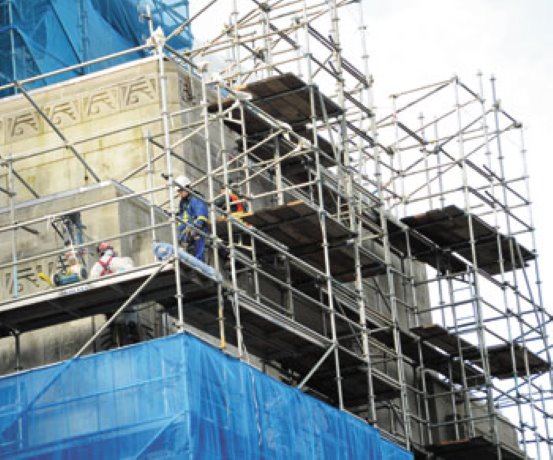
Vancouver City Hall


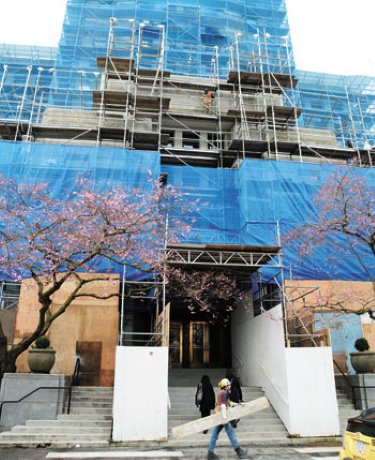


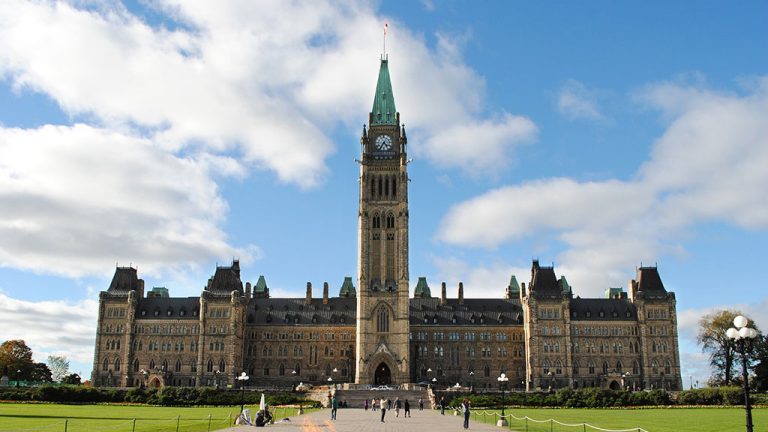



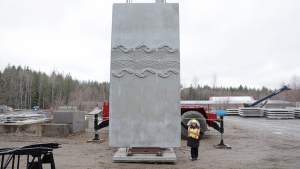
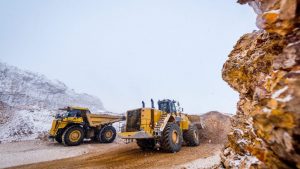
Recent Comments
comments for this post are closed